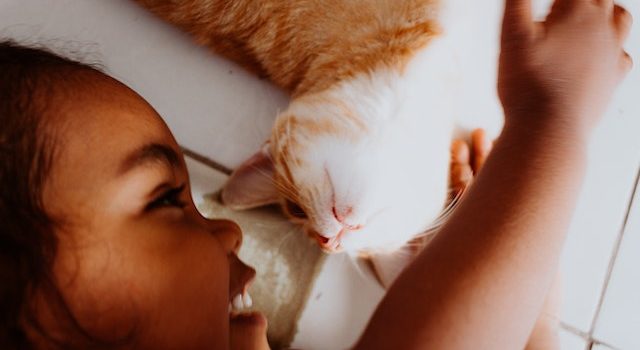
Understanding the life cycle of fleas is crucial for effective flea control. Fleas have a complex life cycle consisting of four stages: egg, larva, pupa, and adult. Here’s a breakdown of each stage and how to break the cycle to keep them away:
- Egg stage: Adult female fleas lay eggs on your pet’s fur, which then fall off into the environment. The eggs are small, white, and not easily visible. They hatch within a few days, depending on environmental conditions.
- Larva stage: Flea larvae emerge from the eggs and feed on organic matter, such as flea dirt, dead skin cells, and other debris found in the environment. They avoid light and prefer dark, humid areas like carpets, bedding, or cracks in the floor. Flea larvae go through several molts during this stage.
- Pupa stage: When the larvae are ready to transition into the pupa stage, they spin a cocoon called a pupa. The pupa is sticky and camouflaged with environmental debris, making it difficult to detect. Fleas in the pupa stage are resistant to many treatment methods and can remain dormant for several weeks or even months.
- Adult stage: The adult flea emerges from the pupa when conditions are favorable, such as vibrations, increased temperature, or the presence of a potential host. They jump onto your pet, feed on their blood, mate, and start the cycle again by laying eggs.
To break the flea life cycle and keep them away, here are some key strategies:
- Regular and consistent treatment: Use veterinarian-recommended flea treatments for your pets, such as spot-on treatments or oral medications. These treatments kill adult fleas and disrupt the life cycle, preventing flea eggs from developing into adults.
- Treat all pets in the household: It’s essential to treat all pets in your home, even if only one shows signs of fleas. This prevents infestation and ensures that all stages of the flea life cycle are addressed.
- Environmental control: Vacuum your home thoroughly, paying attention to carpets, rugs, furniture, and areas where your pets spend time. Dispose of the vacuum bag or empty the canister in a sealed bag. Wash your pet’s bedding and other washable items in hot water regularly.
- Use flea control products for the environment: Consider using flea sprays or foggers specifically designed for household use. Treat infested areas, including cracks, crevices, and hiding spots where fleas may reside. Follow the instructions carefully.
- Outdoor control: Keep your yard well-maintained by mowing the grass, trimming shrubs, and removing debris where fleas can thrive. Consider using pet-safe flea control products or seek professional pest control services for outdoor treatment.
- Consistent prevention: Even after successfully eliminating fleas, continue using year-round flea prevention products on your pets to prevent re-infestation and break the cycle. This is particularly important in areas with a high flea population or if your pet frequently encounters other animals.
Remember, breaking the flea life cycle requires a comprehensive approach that addresses all stages of development. Consistency and regular treatment are key to effectively controlling fleas and keeping them away from your pets and home. If you have concerns or need guidance, consult with your veterinarian for appropriate flea control measures.










